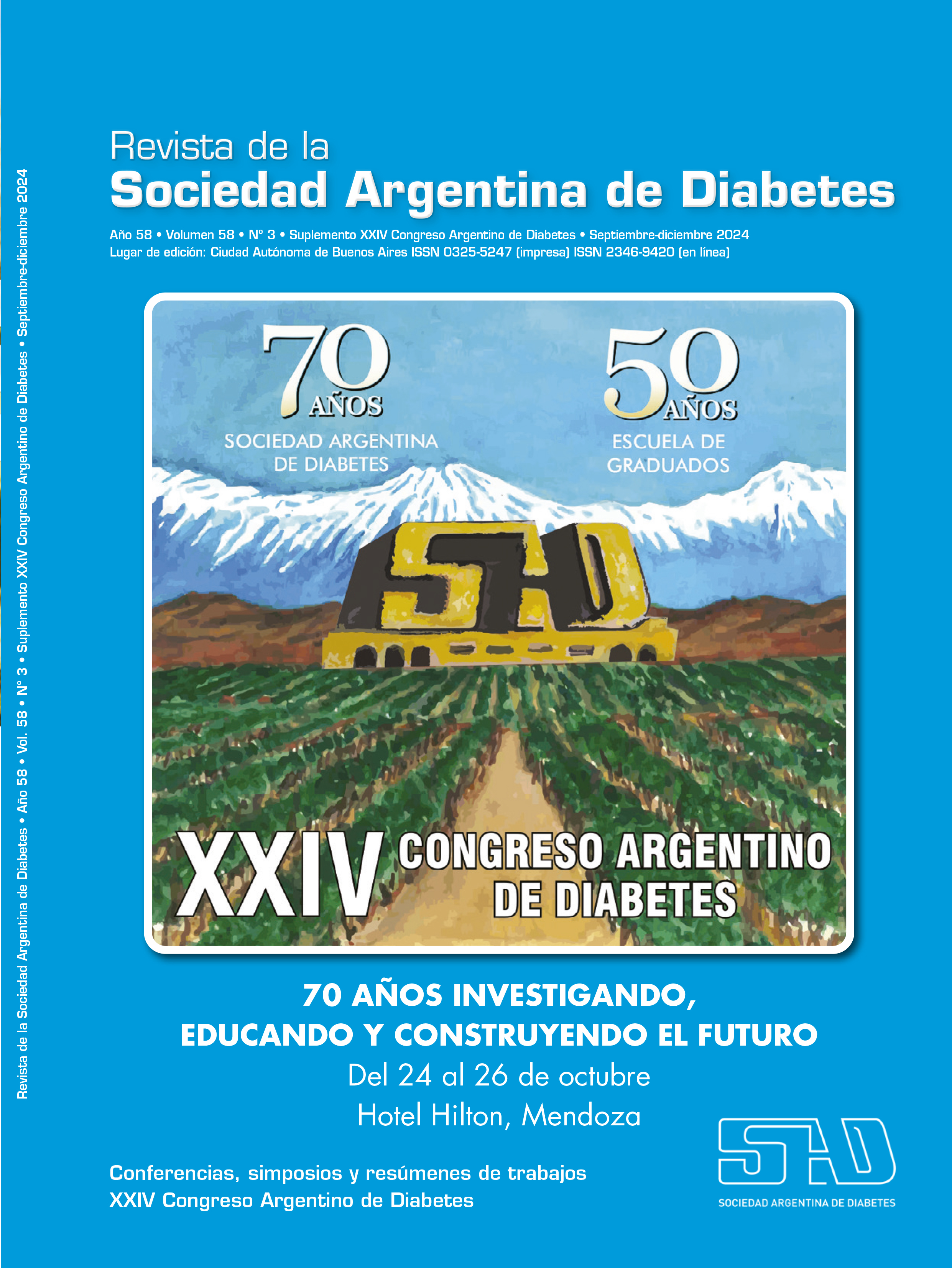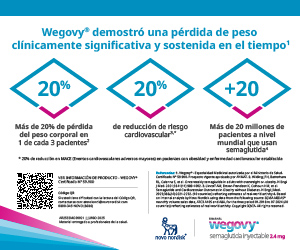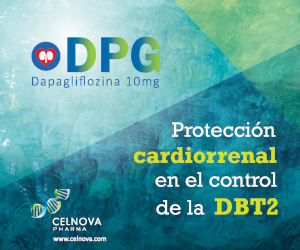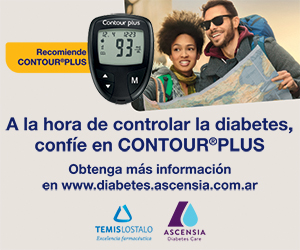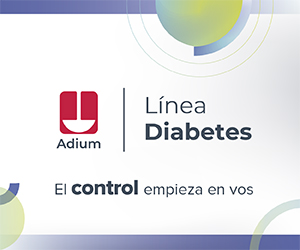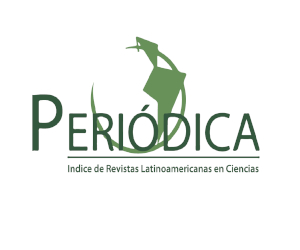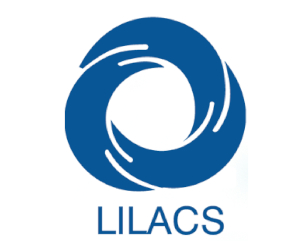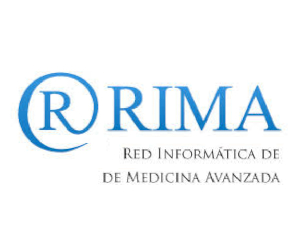Can pre-eclampsia be prevented?
Keywords:
pre-eclampsia, diabetesAbstract
Pre-eclampsia is a multisystemic disease, unique to humans, affecting 2-4% of all pregnancies. In Argentina, it was the leading cause of maternal death in 2022. The most effective strategies for preventing pre-eclampsia include aspirin administration, calcium supplementation if daily intake is less than 900 mg/day, and physical activity1. The importance of prevention lies not only in avoiding maternal and foetal morbidity and mortality but also the long-term risks of hypertension, cardiovascular disease and death, among others, which are proven to be increased in patients who have had pre-eclampsia1,2.
According to the ASPRE study, administration to patients at high risk of pre-eclampsia of 150 mg acetylsalicylic acid before 16 weeks, at night and regularly until 36 weeks gestational age decreased pre-eclampsia before 37 weeks by 62% (1.6 vs. 4.3%) and pre-eclampsia before 34 weeks by 82% (0.4 vs. 1.8%)(3)(4). Administration of calcium to patients at risk of pre-eclampsia with calcium intake below 900mg/day reduces the incidence of pre-eclampsia by 50%. The suggested dose is at least 500 mg/day as similar results have been seen with high and low dose schedules. Administration can be initiated at any time during pregnancy as there is no risk of teratogenesis2. Moderate exercise of 140 minutes or more per week reduces the risk of pre-eclampsia by 40%1. Although not yet incorporated into standard therapy, studies have shown that the use of pravastativa (20 mg) given to 35-36 week pregnancies at high risk of late pre-eclampsia would reduce the incidence of late pre-eclampsia1.
Given that the strategies are efficient, the challenge is the detection of the patient at high risk of pre-eclampsia. Although multivariate models involving maternal risk factors and biomarkers, such as that of the Fetal Medicine Foundation, detect approximately 90% of high-risk patients in the first trimester, they are difficult to implement in many regions of our country. Given the impact of pre-eclampsia on maternal and foetal morbidity and mortality, new risk markers continue to be analysed, such as the maternal ophthalmic artery Doppler, which will soon be incorporated into screening3,4.
References
I. Magee LA, Nicolaides KH, von Dadelszen P. Preeclampsia. N Engl J Med 2022 May 12;386(19):1817-1832. doi: 10.1056/NEJMra2109523.
II. Wo Kinshella ML, et al. Calcium for pre-eclampsia prevention: A systematic review and network meta-analysis to guide personalised antenatal care. BJOG 2022 Oct;129(11):1833-1843.
III. Rolnik DL, et al. ASPRE trial: performance of screening for preterm pre-eclampsia. Ultrasound Obstet Gynecol. 2017 Oct;50(4):492-495.
IV. Rolnik DL, et al. Aspirin versus placebo in pregnancies at high risk for preterm preeclampsia. N Engl J Med 2017 Aug 17;377(7):613-622.
Downloads
Published
Issue
Section
License
Copyright (c) 2024 on behalf of the authors. Reproduction rights: Argentine Society of Diabetes

This work is licensed under a Creative Commons Attribution-NonCommercial-NoDerivatives 4.0 International License.
Dirección Nacional de Derecho de Autor, Exp. N° 5.333.129. Instituto Nacional de la Propiedad Industrial, Marca «Revista de la Sociedad Argentina de Diabetes - Asociación Civil» N° de concesión 2.605.405 y N° de disposición 1.404/13.
La Revista de la SAD está licenciada bajo Licencia Creative Commons Atribución – No Comercial – Sin Obra Derivada 4.0 Internacional.
Por otra parte, la Revista SAD permite que los autores mantengan los derechos de autor sin restricciones.



